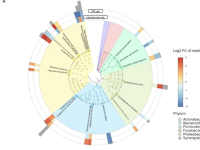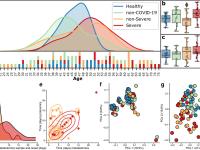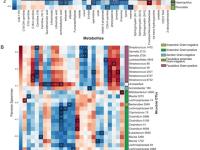Home
About CBI
Now more than ever before, the power to turn huge volumes of data into information about our world has put the answers to some of life’s most challenging questions within our grasp. The George Washington University’s Computational Biology Institute (CBI) brings together leading faculty in biology, medicine and computing to harness this information, opening new doors of discovery that have the potential to benefit millions. CBI is also maximizing the university’s unique relationships in the nation’s capital to form research partnerships and spotlight cutting-‐edge topics that enhance human and environmental health. By blending its own skills with the expertise of engineers, mathematicians, statisticians, clinicians and others, the CBI is contributing to knowledge and resources that are used by researchers on a global scale, influencing how the world uses science and technology to solve its most pressing problems. With these truly incomparable resources and expertise, the CBI performs cutting-edge research and helps raise awareness of scientific advancements that improve our health, environment and overall quality of life.
RANKED #11
U.S. News & World Report's List of Best Public Health Graduate Programs
LOCATION
Washington D.C.'s only Public Health School
RESEARCH
Shaping Public Health Policy and Practice
FACULTY
130 Full-time Faculty Leading our Students, and 300 Part-time Faculty.
Featured Publications

Estimating rare disease prevalence and costs in the USA: a cohort study approach using the Healthcare Cost Institute claims data
July 26, 2024
Estimating rare disease prevalence and costs in the USA: a cohort study approach using the Healthcare Cost Institute claims data

Integrated relationship of nasopharyngeal airway host response and microbiome associates with bronchiolitis severity
July 26, 2024
Bronchiolitis is a leading cause of infant hospitalizations but its immunopathology remains poorly understood.

Metabolite, protein, and tissue dysfunction associated with COVID‑19 disease severity
July 26, 2024
Proteins are direct products of the genome and metabolites are functional products of interactions between the host and other factors.

High-sensitivity pattern discovery in large, paired multiomic datasets
July 26, 2024
We present a novel framework which integrates hierarchical hypothesis testing with FDR correction to reveal linear and non-linear relationships among data.








